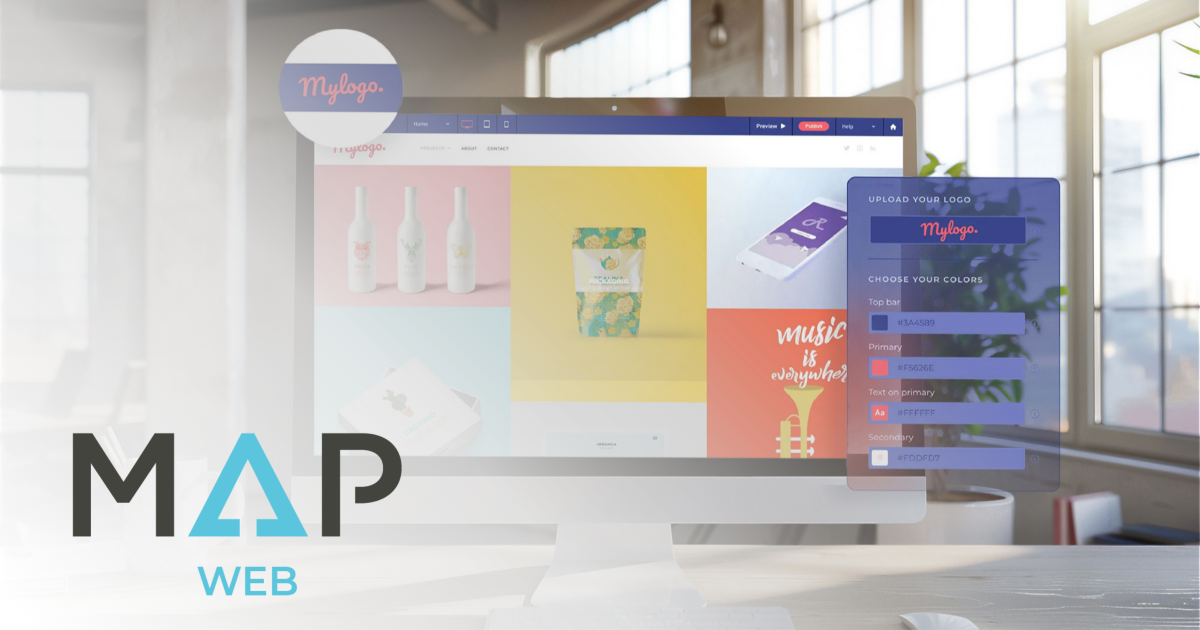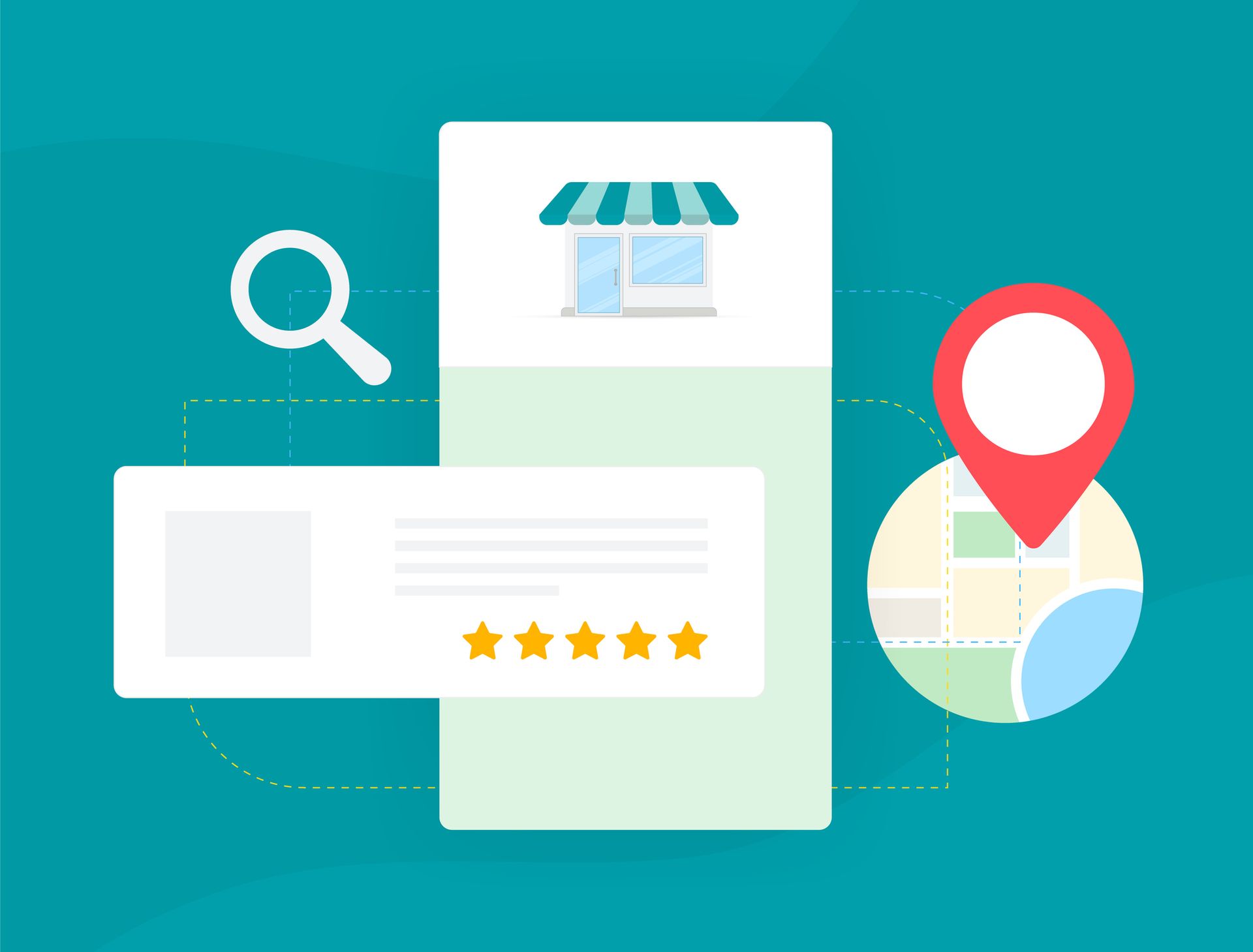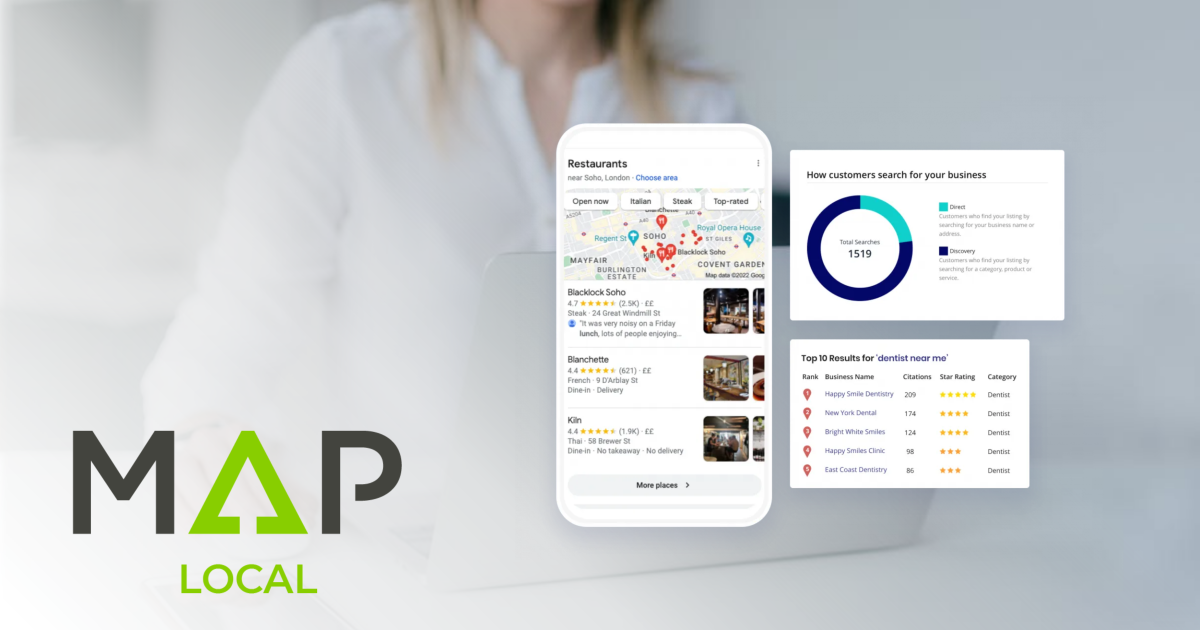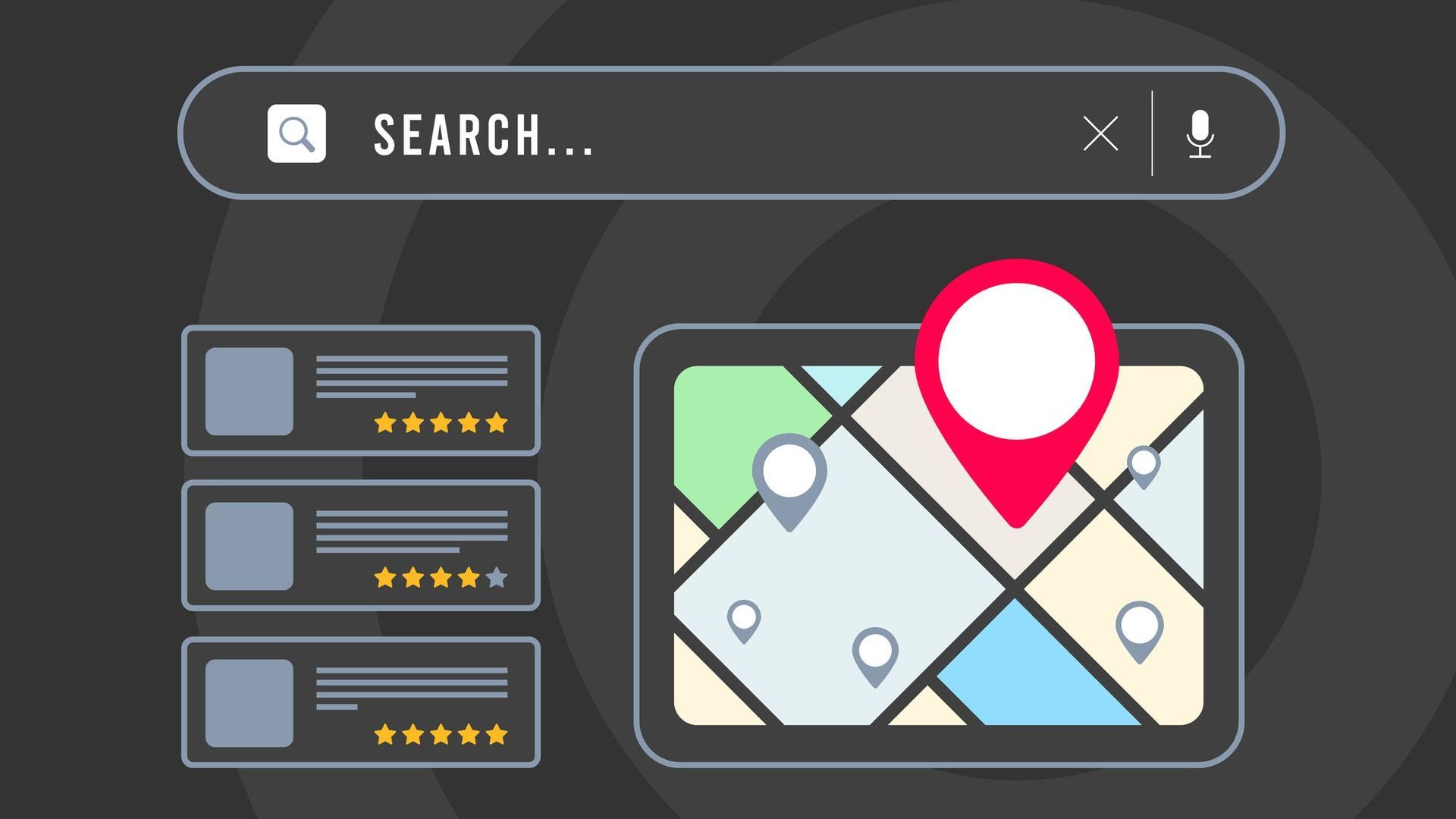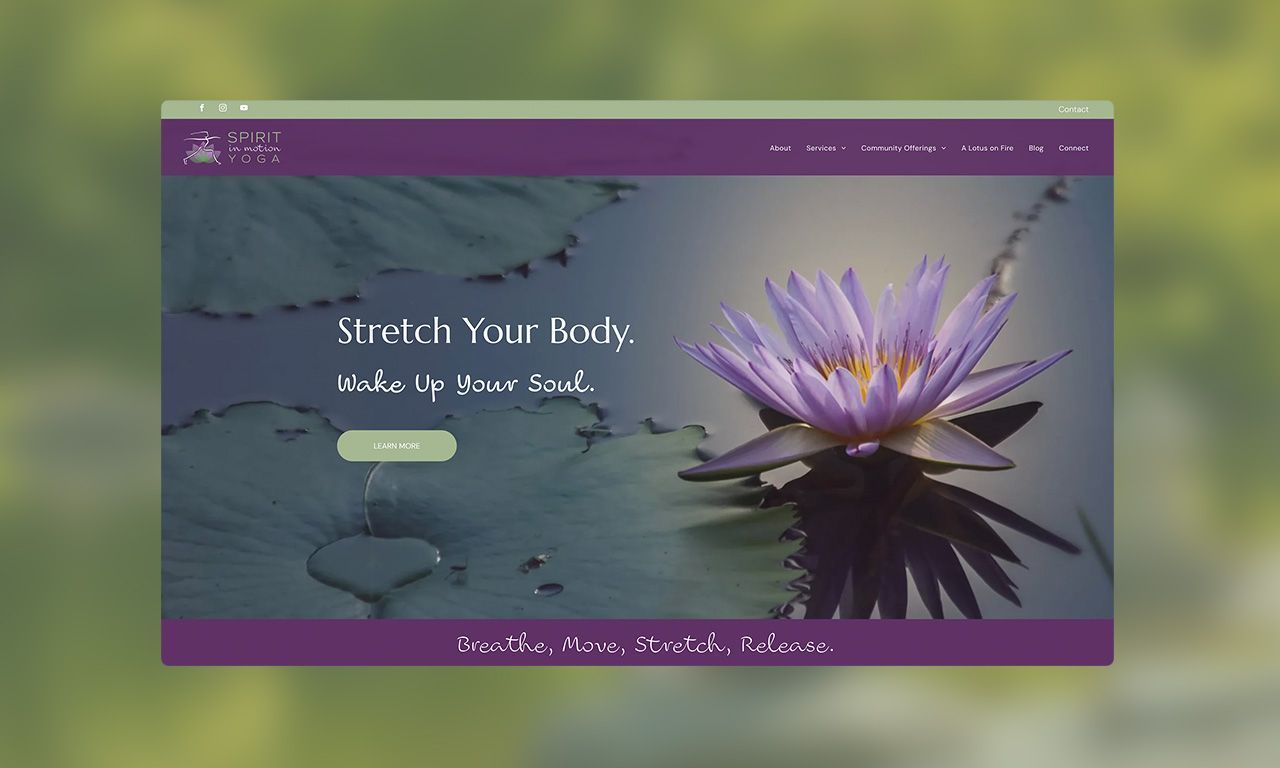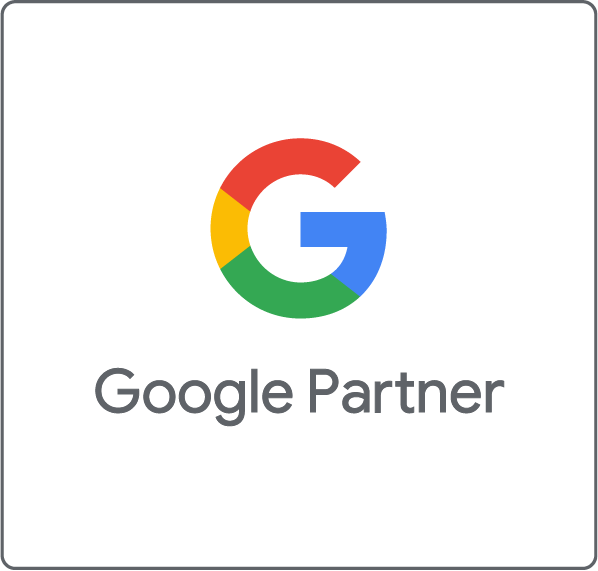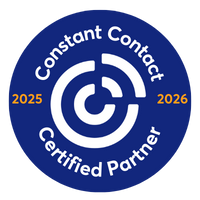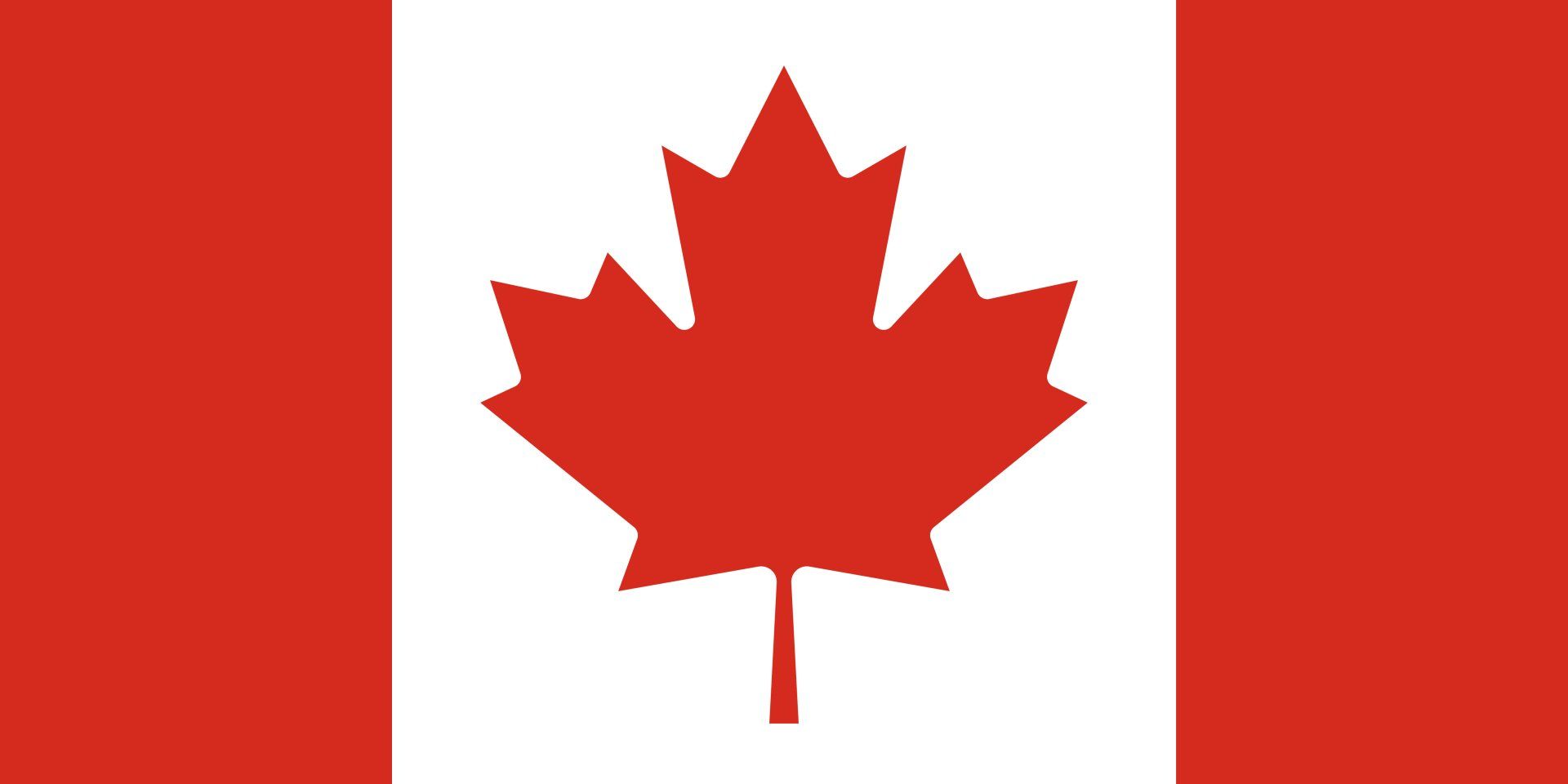CCC Core Differences: Inbound vs. Outbound Marketing
In today's competitive business landscape, marketing strategies play a pivotal role in driving growth and success.
Among the myriad of marketing approaches available, there are two key marketing strategies that companies often use to stand out from all of the noise that consumers are faced with inbound marketing and outbound marketing.
Understanding the key differences between these two approaches is essential for businesses aiming to optimize their marketing efforts.
In this comprehensive guide, we'll cover the basics of inbound marketing and outbound marketing, including the key differences between both strategies, key strategies and tactics of inbound marketing and outbound marketing, the pros and cons of each strategy, and how to choose the right marketing approach for your business.
The Fundamentals of Inbound Marketing
What is Inbound Marketing?
Inbound marketing is a customer-centric approach that revolves around attracting potential customers through valuable and relevant content. Inbound marketing content includes most digital content such as blogs, video content, guidebooks, and other online marketing content.
Unlike traditional marketing, which interrupts audiences with promotional messages, inbound marketing seeks to draw in prospects by providing solutions to their problems and addressing their needs. This approach is characterized by building strong and long-lasting relationships with customers by focusing on their interests and preferences. Inbound marketing content is usually timely, relevant, and personalized. Compared to outbound marketing, inbound marketing is more subtle and targeted.
Advantages of Inbound Marketing
There are several key advantages of inbound marketing. One key benefit is its ability to establish credibility and authority within a specific industry or niche. By consistently delivering valuable content, businesses position themselves as worthy resources, gaining the loyalty and trust of their target audience over time.
Moreover, an inbound strategy can be highly effective in generating high-quality leads. For example, SEO (search engine optimization) can help a company’s content rank at the top of search results on Google. Since the audience is already actively seeking information about a particular topic, these leads tend to be more engaged and likely to convert.
In fact, up to 63% of consumers start their shopping journey online. This means that inbound marketing can be a very effective strategy for products and services that are best sold online.
Inbound marketing also has the advantage of allowing companies to differentiate their products from the competition by including product comparisons, testimonials, competitive pricing, and positive reviews in podcasts, social media posts, and reports.
The Fundamentals of Outbound Marketing
What is Outbound Marketing?
Outbound marketing, often referred to as traditional marketing, involves proactively reaching out to potential customers through various non-digital means such as television advertisements, cold calling, billboards, direct mail, and print advertising. However, outbound marketing may also include online tactics such as pay-per-click advertising and spam emails.
Unlike inbound marketing, which focuses on drawing in prospects, outbound marketing aims to capture attention by pushing promotional messages to a broader audience. This approach relies on the hope that a fraction of the targeted audience will respond positively to the message. Compared to inbound marketing, outbound marketing has a more aggressive and wide-sweeping approach.
Advantages of Outbound Marketing
Outbound marketing, while different from inbound marketing, offers its own set of benefits. One notable advantage is its potential to yield quick and immediate results.
This can be especially beneficial for new companies seeking instant brand visibility or for existing companies looking to promote time-sensitive offers. In scenarios where a business already has an established presence and is seeking to maintain market share, outbound marketing can reinforce brand recognition and visibility.
Another important advantage of outbound marketing is that it can remind consumers of a need that has not yet been fulfilled. For example, since consumers are not actively seeking the product or service that is being advertised to them, they may have failed to realize that this was a need in the first place. This can push consumers to make a purchase decision.
Key Differences Between Inbound and Outbound Marketing
Understanding the main differences between inbound and outbound marketing is crucial for making informed decisions about your marketing strategy:
- Nature of Engagement: Inbound marketing fosters a more organic and personalized engagement, focusing on building relationships and improving customer experiences by providing valuable and interactive content. Outbound marketing, on the other hand, involves interrupting the audience with messages they may not actively seek.
- Cost Structure: Inbound marketing often requires an upfront investment in content creation, SEO, and building an online presence. However, its long-term benefits and lower ongoing costs tend to outweigh the initial expenses. Outbound marketing can be more costly due to expenses associated with advertising, printing, and media placement and an overall higher customer acquisition cost.
- Lead Targeting and Quality: Inbound marketing tends to attract leads who are genuinely interested in the brand's offerings. These most often are qualified leads and have a higher likelihood of conversion. Outbound marketing may generate a higher volume of leads, but their quality can be variable.
- Brand Perception: Inbound marketing strategies position brands as valuable resources that offer solutions and insights. This contributes to a positive brand perception and may build customer trust over time. Outbound marketing can sometimes be perceived as intrusive or interruptive, potentially affecting the brand's image.
- Measurement and Analytics: The effectiveness of inbound marketing strategies is easier to measure and analyze compared to outbound marketing strategies. Digital tools allow for quick, and sometimes automated, statistics for meaningful assessment.
Overall, outbound marketing focuses on sending out messages at scale while inbound marketing focuses on a more targeted approach to gain the attention of a company’s ideal customers. While the likelihood that some people will convert from outbound marketing is high, it is also associated with a higher customer acquisition cost.
Strategies and Tactics
Inbound marketing and outbound both employ different strategies and tactics on different channels to reach the desired marketing goal.
Inbound Marketing Strategies and Tactics:
- Content Creation: Developing high-quality content such as blog posts, articles, videos, webinars, and other educational resources and interactive content that address the audience's pain points and questions.
- SEO Optimization: Implementing search engine optimization techniques to ensure that content ranks well in search engine results. This can drive organic search traffic from consumers who are likely to convert.
- Social Media Engagement: Actively participating on social media platforms to share valuable content, engage with followers, and build a community.
- Email Marketing: Nurturing leads and maintaining relationships through personalized, timely, and relevant email campaigns that provide value and updates.
- Lead Magnets: Offering free resources such as ebooks, whitepapers, and webinars to entice visitors to provide their contact information.
Outbound Marketing Strategies and Tactics:
- Traditional Advertising: Running advertisements on television, radio, and print media to reach a broad audience.
- Cold Calling: Proactively reaching out to potential customers via phone calls to introduce products or services.
- Direct Mail: Sending physical promotional materials, such as flyers or catalogues, to prospects' mailboxes.
- Telemarketing: Engaging potential customers over the phone to pitch offerings and gather leads.
- Trade Shows and Events: Participating in industry events to showcase products and services to a targeted audience.
- Outdoor Advertising: Utilizing billboards and banners with high visibility in outdoor areas to reach a wide audience.
- Digital Tactics: Using pay-per-click advertising and spam emails to garner the attention of unsuspecting consumers.
Generally speaking, inbound marketing makes use of digital marketing channels while outbound marketing primarily focuses on non-digital marketing channels to reach the target audience.
Pros and Cons of Inbound Marketing
While inbound marketing offers a plethora of advantages, it also comes with challenges that may hinder a company’s marketing efforts.
Advantages:
- Relationship Building: Inbound marketing fosters genuine connections with customers, building trust and loyalty over time through tailored messaging.
- High-Quality Leads: The inbound leads generated through inbound marketing are often more qualified and have a higher likelihood of conversion due to the targeted nature of the content. Content can also be catered to different demographics for higher success.
- Brand Authority: Consistent and valuable content across multiple channels positions the brand as an industry expert which boosts credibility.
- Cost-Effective: While requiring an initial investment, inbound marketing strategies generally have lower ongoing costs and a higher return on investment (ROI) over time compared to outbound marketing strategies.
- Measurable Outcomes: Content performance can be quickly analyzed through digital marketing software. Monitoring key metrics over time can help companies adjust their marketing strategies as needed.
- Continuously Updated: Digital content and websites can be continuously updated to ensure that consumers only get updated product or service information to continue generating leads over time.
- Non-Invasive: Consumers have the option to read blog posts, attend webinars, browse social media, and interact with a company’s digital content on their own time.
- Educational: Content can be specifically designed for each stage in the sales funnel, allowing consumers to make informed purchasing decisions.
Challenges:
- Time-Intensive: Building an online presence, creating and testing valuable content, and seeing significant results can require significant time and effort.
- Initial Investment: Establishing an integrated content creation framework and cross-channel campaigns requires an upfront financial commitment. The same applies to optimizing content for SEO.
- Content Saturation: The online landscape is saturated with content which can make it challenging to stand out and capture audience attention.
- Continuous Maintenance: Companies are required to regularly maintain and update their content to ensure that it is not only accurate but effectively meets consumers’ changing wants and needs.
For businesses looking to establish long-term credibility, nurture relationships, target specific demographics, and organically grow their customer base, inbound marketing is the ideal choice. However, it is important to develop a marketing plan for mitigating common challenges associated with inbound marketing.
Pros and Cons of Outbound Marketing
Similar to inbound marketing, outbound marketing has unique advantages and challenges that may affect a company’s overall marketing efforts.
Advantages:
- Can Deliver Quick Results: Outbound marketing often yields immediate outcomes, making it suitable for time-sensitive promotions. Consumers are likely to take action on ads and make a purchase if they are interested in your products or services.
- Promotes Brand Awareness: Outbound marketing helps maintain brand visibility and awareness. Outbound marketing reaches consumers who have not heard of a company before and keeps the company at the top of mind for all consumers.
- Better Consumer Trust: Consumers are generally accustomed to viewing ads on television during commercial breaks, seeing ads in the newspaper, and viewing ads on billboards. As a result, some consumers may trust those ads more than the ones presented to them on newer technology.
- Shifting Consumer Attention: One of the key benefits of outbound marketing is that it may shift consumers’ attention to a need that is not necessarily a top-of-mind priority.
Challenges:
- Intrusiveness: Outbound methods can be perceived as intrusive or disruptive by audiences which can lead to negative brand perception, in some cases.
- Higher Costs: Expenses related to advertising, printing, and media placement can make outbound marketing more expensive. For example, traveling to trade shows, paying for banner ads, and purchasing billboard spaces are costly.
- Variable Results: Response rates to the generalized content of outbound marketing can vary widely. As it is difficult to make outbound marketing enticing and relevant to everyone, success is not guaranteed, potentially leading to inefficient resource allocation. For example, consumers may tune out or mute their television during ads and discard junk mail.
- Difficult to Measure Effectiveness: A key pitfall of outbound marketing is that it is very difficult to measure the effectiveness of a campaign and therefore, it is difficult to know whether or not it is necessary to adjust this strategy. For example, it may be difficult to tell whether or not a billboard has led to any conversions.
- Limited Channels: Generally speaking, there are fewer channels to reach consumers with outbound marketing compared to inbound marketing.
Outbound marketing might be suitable for businesses seeking quick conversions and it is ideal for maintaining brand visibility. However, it's essential to carefully consider the potential drawbacks and adjust your approach accordingly.
Choosing the Right Marketing Approach for Your Business
Choosing between inbound marketing and outbound marketing for your business is a critical decision that depends on your specific goals, target audience, budget, and industry dynamics. Here's a quick overview of important factors to consider to help you make an informed choice:
Understand Your Target Audience
Inbound Marketing: Ideal if your audience prefers educational, informative content, and values a non-intrusive approach.
Outbound Marketing: Suitable if your audience is more responsive to direct promotional messages and immediate offers.
Evaluate Your Budget
Inbound Marketing: Requires an initial investment in content creation and SEO but often has lower ongoing costs.
Outbound Marketing: Tends to have higher initial costs due to advertising expenses, printing, and media placement.
Consider Your Industry and Competition
Research industry norms and competition to see which approach aligns better with your sector. Evaluate whether your competitors are using inbound or outbound marketing and the effectiveness of their strategies.
Define Your Marketing Goals
Inbound Marketing: Effective for building brand credibility, long-term relationship-building, and establishing authority in your industry.
Outbound Marketing: Well-suited for quickly generating leads, promoting time-sensitive offers, and maintaining brand visibility.
Analyze the Customer Journey
Map out your customer's journey from awareness to conversion. Determine where your marketing efforts will have the most impact in guiding them through this journey.
Consider an Integrated Hybrid Approach
As the marketing landscape continues to evolve, businesses may find that a combination of both inbound and outbound strategies can provide a comprehensive and well-rounded approach to reaching and engaging their target audience effectively. By understanding the nuances of these methodologies, businesses can make informed decisions that align with their goals and lead to successful marketing campaigns.
Monitor and Adapt
Continuously analyze the results of your marketing efforts. If one approach is not delivering the expected results, be prepared to shift resources or strategies accordingly.
Ultimately, the choice between inbound and outbound marketing should align with your business objectives and resonate with your audience's preferences. Flexibility and adaptability are key, as your marketing strategy may evolve to meet changing market dynamics and consumer behaviours.
Start Reaching Your Target Audience Today with CCC
Whether you choose inbound or outbound as your main strategy — you’re going to need one of them to reach your customers online.
CCC specializes in developing comprehensive and impactful marketing strategies for companies across various channels.
Our team of experts effectively establishes a strong inbound marketing strategy through SEO, paid aids, GBP, email marketing, website development, consumer engagement, and branding. Contact us today to learn more!


